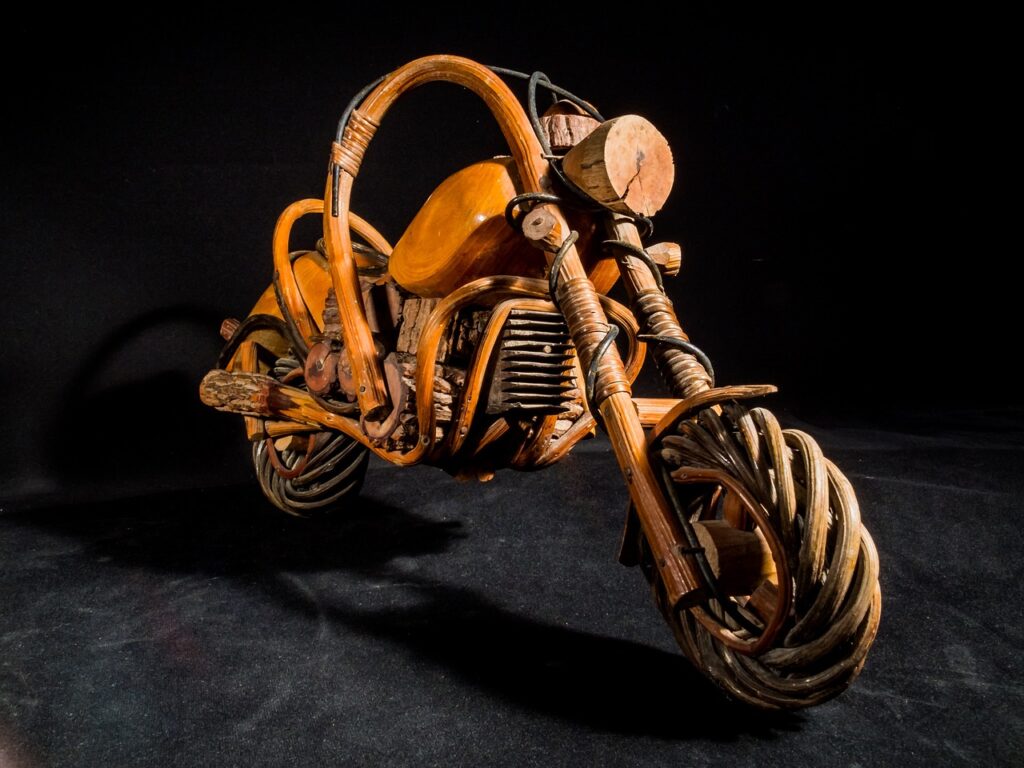Are you new to mechanical artwork and feeling overwhelmed by all the tool options available?
Starting a new hobby or venturing into a new artistic medium can be exciting but also intimidating, especially when it comes to choosing the right tools. In this guide, we will walk you through the process of selecting the best tools for your mechanical artwork projects. Let’s get started!
Understanding the Basics of Mechanical Artwork
Before diving deep into the world of tools, it is essential to have a basic understanding of what mechanical artwork is all about. Mechanical artwork involves the use of precision tools and techniques to create intricate designs, usually using materials such as metal, wood, or plastic. This art form often requires a high level of attention to detail and patience.
When it comes to choosing the right tools for mechanical artwork, precision is key. You will need tools that can help you accurately measure, cut, shape, and assemble various materials to bring your artistic vision to life.
Tips for Getting Started with Mechanical Artwork
If you are new to mechanical artwork, here are a few tips to help you get started:
- Start with simple projects to practice your skills and get familiar with the tools.
- Take the time to learn about different materials and their properties to understand how they can be manipulated.
- Invest in quality tools that will last and perform well, even as you advance in your artistic journey.
Essential Tools for Mechanical Artwork
Now that you have a better understanding of what mechanical artwork entails, let’s take a look at some of the essential tools you will need to get started.
1. Measuring Tools
Accurate measurements are crucial in mechanical artwork to ensure that your pieces fit together perfectly. Some essential measuring tools you should have in your toolkit include:
- Precision calipers
- Metal ruler
- Tape measure
These tools will help you measure lengths, angles, and diameters with precision, allowing you to create intricate and well-fitted designs.
2. Cutting Tools
Cutting is a fundamental aspect of mechanical artwork, whether you are working with metal, wood, or other materials. Some essential cutting tools to consider include:
- X-Acto knife
- Utility knife
- Hacksaw
- Handsaw
Having a variety of cutting tools on hand will allow you to tackle different materials and projects with ease.
3. Shaping Tools
Shaping tools are essential for creating curves, angles, and intricate details in your mechanical artwork. Some common shaping tools you may need include:
- Files
- Sanders
- Dremel rotary tool
These tools will help you refine and sculpt your pieces to achieve the desired shapes and textures.

Choosing High-Quality Tools
Investing in high-quality tools is essential for anyone serious about pursuing mechanical artwork as a hobby or profession. While it may be tempting to opt for cheaper tools to save money, you will likely end up spending more in the long run on replacements and repairs.
When choosing tools for mechanical artwork, look for brands that are known for their durability and performance. Do some research online, read reviews, and ask fellow artists for recommendations to ensure you are investing in tools that will serve you well for years to come.
Budget-Friendly Alternatives for Beginners
If you are just starting with mechanical artwork and are on a tight budget, there are still plenty of options available to you. Many affordable tool brands offer decent quality tools that are perfect for beginners.
Consider shopping at discount stores, online marketplaces, or second-hand shops to find budget-friendly alternatives to expensive tools. You can also look for tool sets that offer a variety of tools at a lower price point, allowing you to build your toolkit without breaking the bank.

Organizing Your Toolkit
Once you have acquired a collection of tools for your mechanical artwork projects, it is essential to keep them organized and accessible. A well-organized toolkit will save you time and frustration when working on projects and will help you maintain the longevity of your tools.
Consider investing in a toolbox, tool chest, or storage system to keep your tools neatly sorted and protected. Labeling drawers or compartments can also help you quickly find the tool you need when working on a project.
Maintaining Your Tools
Proper maintenance of your tools is crucial to ensure they remain in good working condition for years to come. Regular cleaning, sharpening, and lubrication can help prevent rust, wear, and damage, prolonging the life of your tools.
Make it a habit to clean your tools after each use, remove any debris or buildup, and store them in a dry and secure place. Sharpen blades and edges as needed, and apply lubricant to moving parts to keep them running smoothly.

Conclusion
Choosing the right tools for your mechanical artwork projects is crucial to your success as an artist. By understanding the basics of mechanical artwork, investing in high-quality tools, and keeping your toolkit organized and well-maintained, you can set yourself up for a rewarding and fulfilling artistic journey. Remember to start small, practice regularly, and enjoy the process of bringing your creative vision to life through mechanical artwork. Happy creating!

